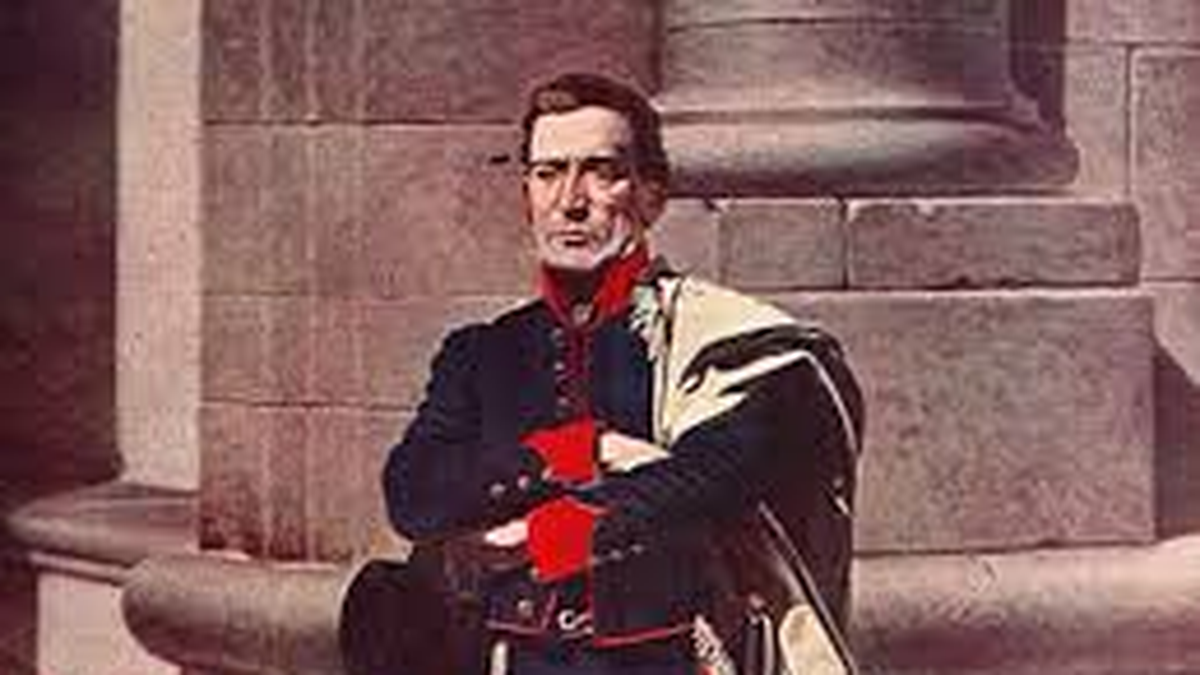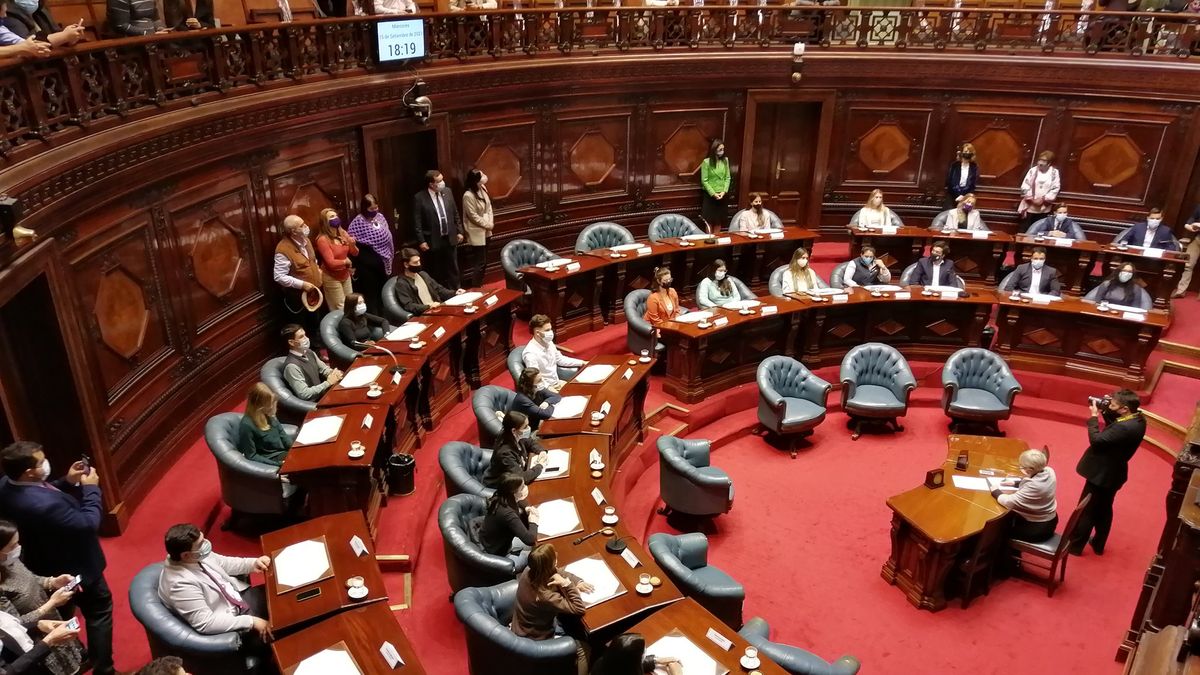On September 23, 1820, José Gervasio Artigasthe so-called Protector of Free Peoples, viciously persecuted by his former lieutenant Francisco Ramirezdecided to cross the Paraguay River to surrender to the government of José Gaspar Rodríguez of Francia. It was not an easy decision, Artigas exposed himself to the whims of the Supreme Court, but he distanced himself from the murderous certainty of Ramírez, who, curiously, would also be called the Supreme Entre Ríos.
Before crossing this Creole Rubicon, Artigas handed over the few goods he possessed to his followers, giving instructions to assist the captive eastern officials of the Empire. Afterwards, he entered into his American destiny, leaving behind ten years of struggles to consecrate what he called “the absolute independence of Spain and the relative independence of each province.”
It was Artigas, and no other, who shaped Argentine federalism, in the image and likeness of the North American constitution that he had studied in detail.
Exactly thirty years later, another September 23, the oriental hero crossed a river that does not allow turning back. He had been on his back for 86 years, which made him the owner of a long experience summarized in that maxim that he gave to posterity: “We have nothing to expect but from ourselves.”
Seeing that Artigas’ illness was getting worse, his wife Carlos Antonio Lopezthe strong man of Paraguay, asked the priest Cornelio Contreras to administer the Holy Viaticum. When the prelate entered the old hero’s room, he asked to be assisted to stand up. After that effort, Artigas remained lying on his cot and remained for a long time with his eyes closed until, abruptly, he stood up and asked for his horse, that noble oriental Moorish man with whom he had crossed swords at the head of his troops. , which included the ferocious charrúas. Artigas did not know that, by then, that untamed race had become extinct and its former boss, Vaimaca Pirú, rested his bones in a museum in France…
The black Ansina and Manuel Ledesmathe dark-skinned orientals who accompanied him in his long ostracism, were in charge of placing his mortal remains in the petiribi coffin that they had made for “their” general. A brief procession took that coffin from Quinta Ybyray to the parish of Recoleta, where he would rest until he returned to his homeland in 1856. The urn that today contains his remains names him “the founder of the oriental nationality.”
However, the greatness of José Gervasio Artigas It cannot be covered under a single title. Simplistic interpretations of history take away from the American dimension of Protector of Free Peoples.
Juan Bautista Alberdi He maintained that “there are two modes to write history: either according to tradition and popular legend, which is usually history forged by vanity, a kind of political mythology with a historical basis, or according to documents, which is the true history but which few dare to write for fear of hurting the vanity of the country with the truth.”
The Artigas fought for independence from the old viceroyalty, and a cousin of José Gervasio lies in front of the Pyramid of May for being the first officer to fall in the libertarian struggles.
López y Planes exalted his feat in our anthem when he mentions “the two Stones” for the homonymous battles fought thousands of kilometers away. One of them was Artigas’ victory, which forced the royalists to take refuge behind the walls of Montevideo.
Artigas had adhered to the position of Mariano Morenosimilar to proclaiming the autonomy of each province. And what did he get in exchange for defending federalism? He was persecuted and the government of Buenos Aires put a price on his head.
To wage the emancipation struggle, the Buenos Aires government had granted him just 200 pesos in 1810 to cover the expenses of the revolution in the Eastern Band.
Three years later, when he demanded the autonomy of the provinces, his head became worth six thousand pesos and the opprobrious accusation of traitor…
Artigas never wanted to stop being part of the United Provinces; It only demanded independence from Buenos Aires interests, which viewed with suspicion the commercial power of Montevideo and Santa Fe. The latter was attacked 4 times by troops from Buenos Aires, and the Banda Oriental was left to its fate when the Portuguese Empire invaded it. despite the Protector’s repeated requests for help.
image.png
“There are two Artigas”, Alberdi account“that of the legend created by the hatred of Buenos Aires and that of historical truth.” This disdain persisted for more than 150 years, when his monument began to be built on Libertador Avenue, the work of Zorrilla de San Martín. It took 12 years to complete it, and on the granite pedestal on which the figure of Artigas stands (the work of the architect Alejandro Bustillo) is the reason for the contempt: the images of Freedom and Federalism, with Artigas’ instructions to the Assembly of the Year XIII, a claim that was ignored and caused the arrest of its deputies.
A part of the Río de la Plata idolizes the leader of the orientals, while Argentina, after two centuries of controversies, recognizes that his preaching was the seed of federalism, a reason that makes Artigas a hero of both shores.
Source: Ambito
I am Pierce Boyd, a driven and ambitious professional working in the news industry. I have been writing for 24 Hours Worlds for over five years, specializing in sports section coverage. During my tenure at the publication, I have built an impressive portfolio of articles that has earned me a reputation as an experienced journalist and content creator.




